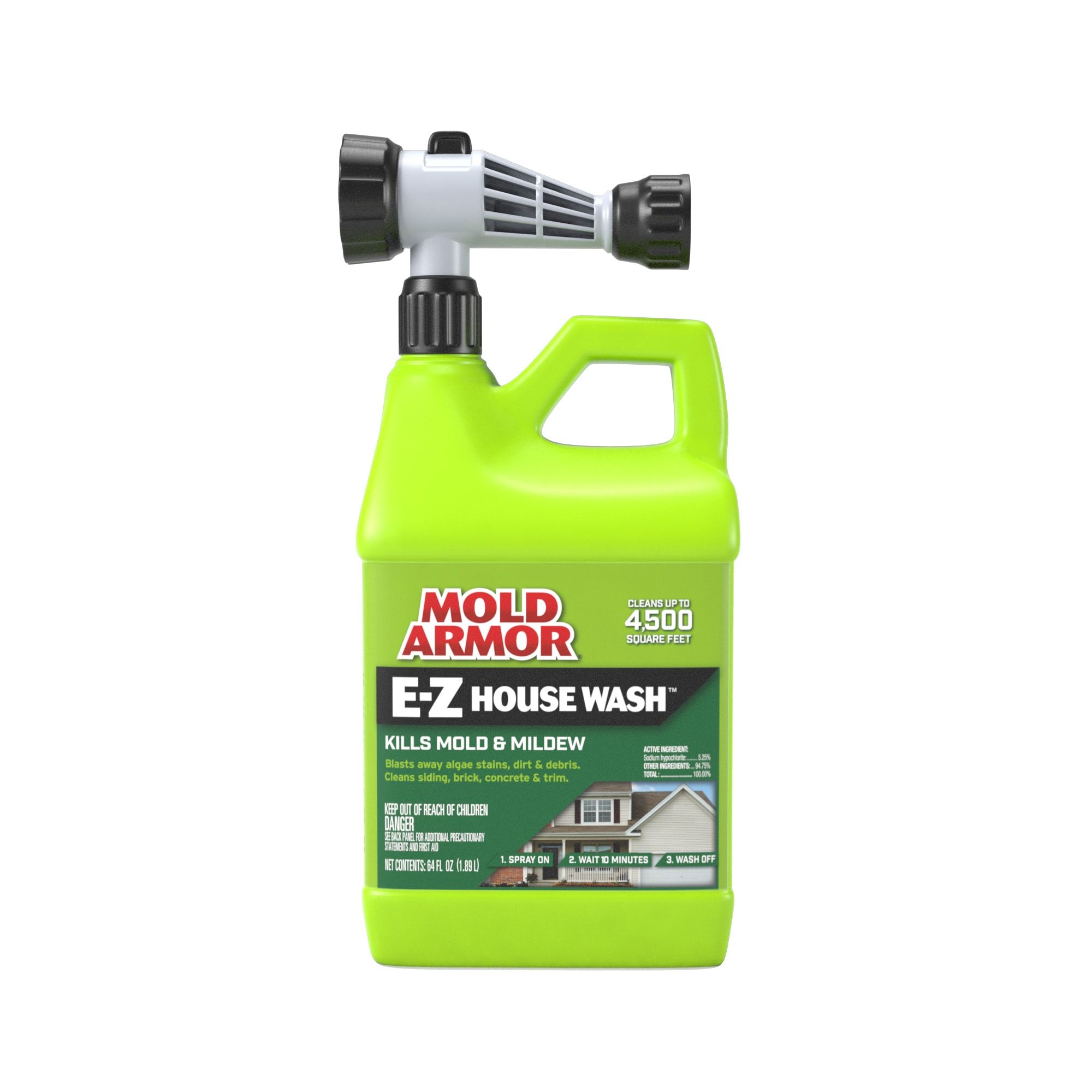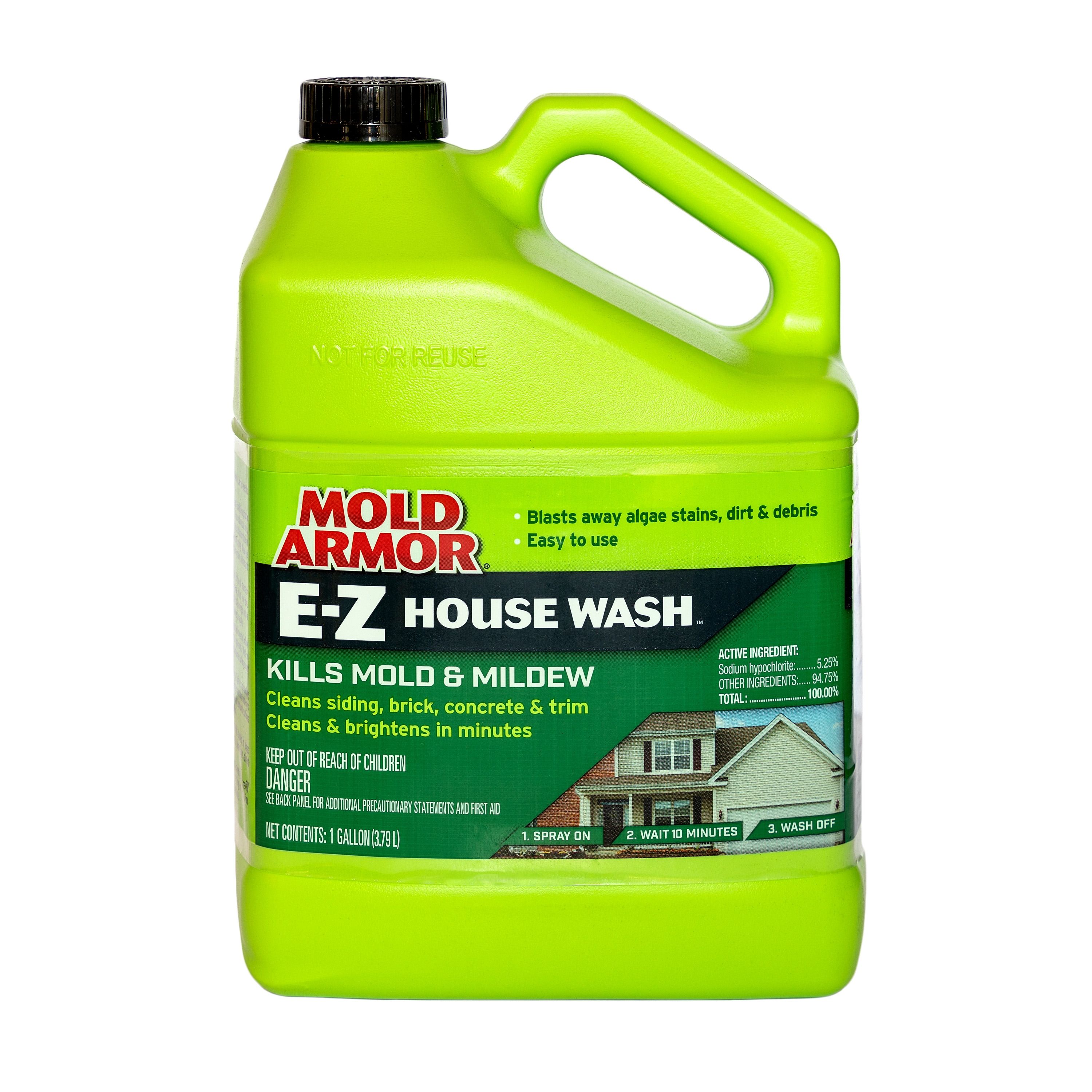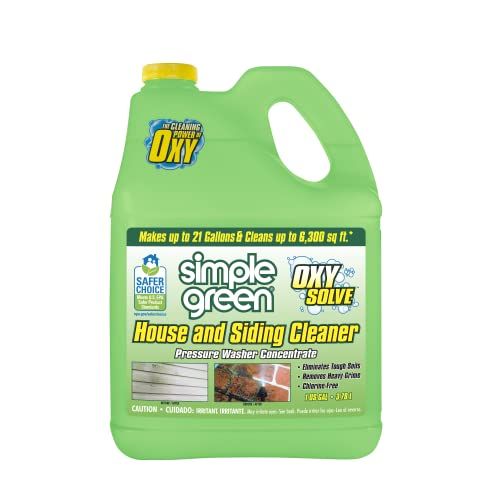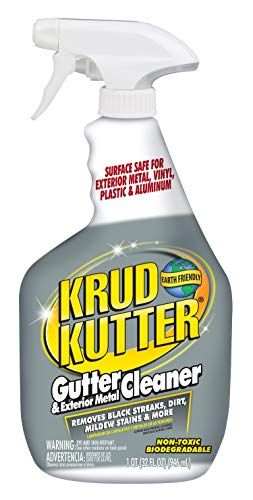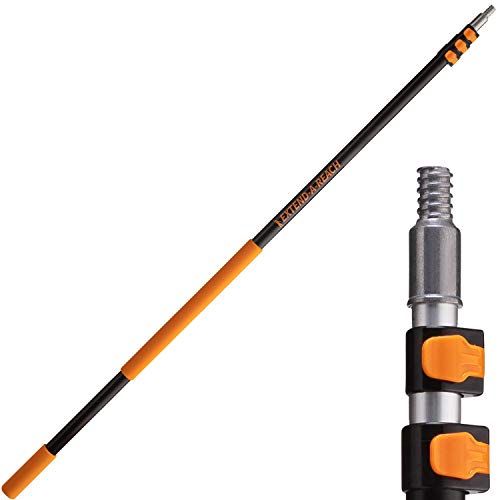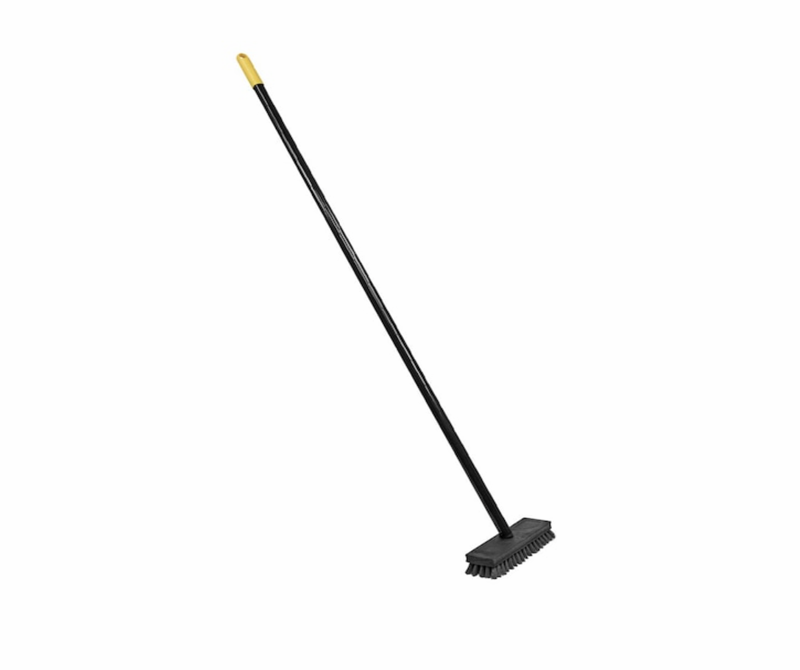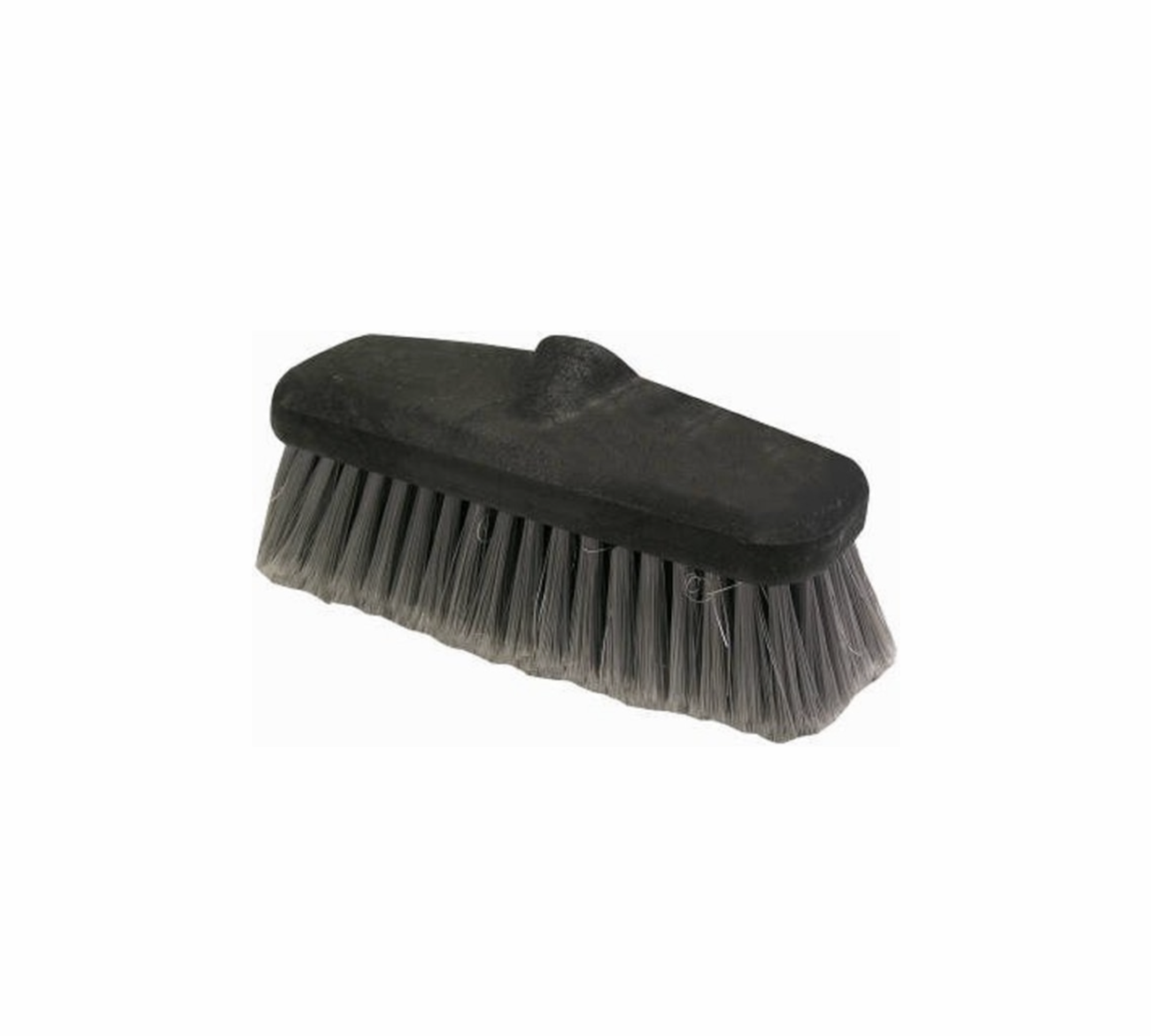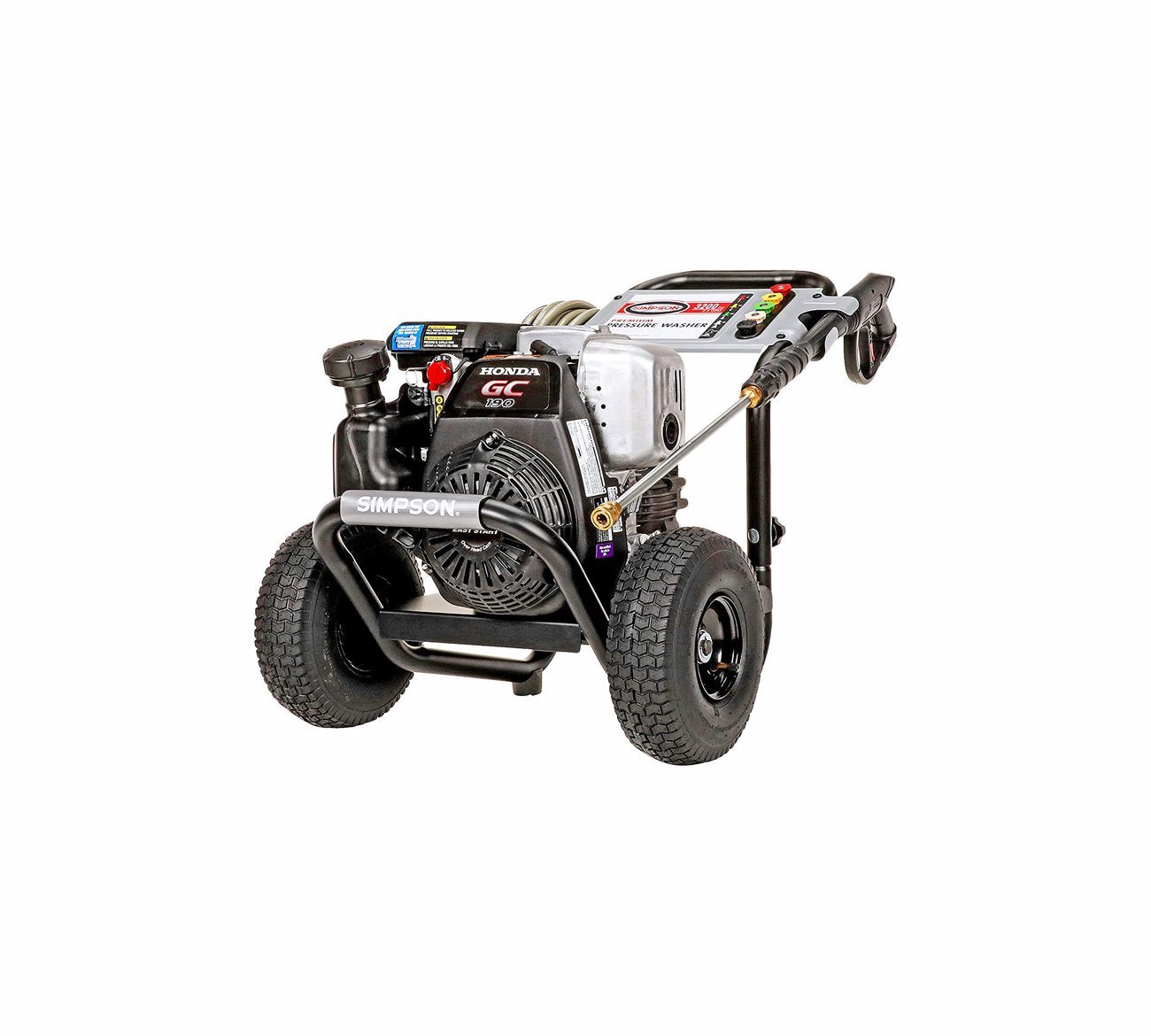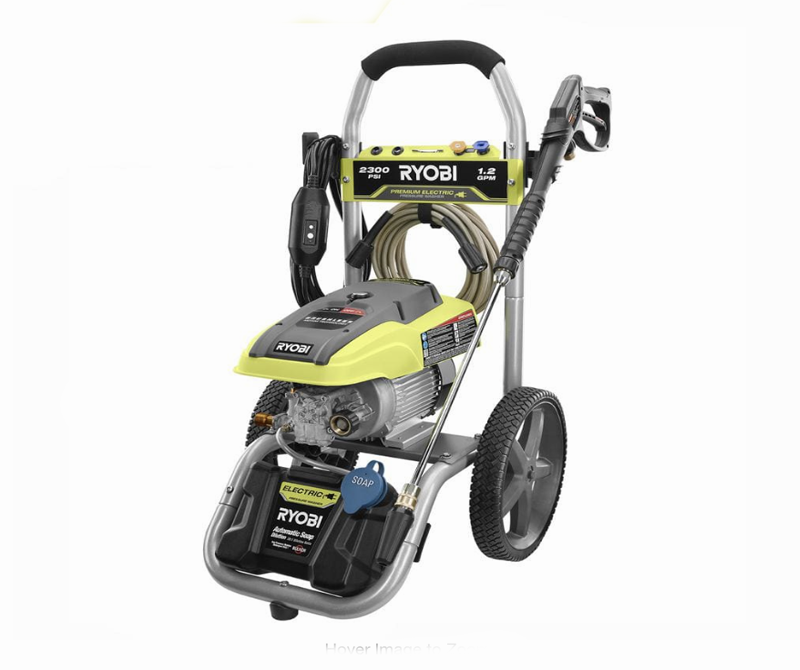Fall Home Maintenance Checklist | Best Home Cleaning Products
This may sound strange, but early fall is the perfect time to undertake some exterior cleaning. We get it if you’re tired of working on the outside of your house and you just want to rake some leaves and call it a day.
But fall’s cooler temperatures mean you stand a better chance of creating a streak-free cleaned surface, since water-based cleaners don’t evaporate as quickly off the surface as they do in hot weather. It’s also a lot easier on you to work outside when the temperature is somewhere in the 50s to 70s, rather than around 90 degrees. Finally, it just feels good to head into winter with the outside of the house, the patio, the deck, and the shed clean. It will give you a head start to next year’s spring growing season, too, if you don’t have to spend time giving everything a thorough scrub.
All of the advice and product recommendations in this guide are based on first-hand experience and many years cleaning not just our own house, but other buildings during volunteer work.

Take a quick look at some gear that can help, then scroll down for how-to advice.
Exterior Cleaning Supplies
These are your primary cleaning tools to strip mold, dirt, and algae from your house’s siding, doors, trim, and windows. In many cases, you don’t even need a pressure washer. Simple hand tools and these chemicals will do for most jobs. Of course, if you need more cleaning power, do crank up a pressure washer.
Spray-On Mold Remover
A buddy of mine is one of the best property managers I know. He clued me into this product after I asked him how he managed to keep his house looking pristine through the long, hot, and humid summers of southern New Jersey. I’ve gone at least two years or three years now using it. Spray it on, and rinse it off. Job complete.
Mold Remover Refills
Sooner or later you will need to refill the hose-end sprayer for your Mold Armor. That’s where this jug comes in. This is probably a house worth of cleaning, depending on just how dirty (and big) yours is.
Pressure Washer Concentrate
For really dirty siding, it’s hard to beat a pressure washer. Add this chlorine-free concentrate to the machine’s wash tank, and let the scouring action of the spraying water and the chemical cleaning of the peroxide do their work.
Spray-On Window Cleaner
Windex concentrate is another hose-end product that’s easy to use and works well for heavy-duty window cleaning. Spray it on and lightly work over the window with a soft siding brush or a window-cleaning mop or scrubber. Rinse, and you’re done.
Tiger Stripe Gutter Cleaner
Gutters and aluminum trim can be marred by ugly black stripes (called tiger stripes) that are caused, believe it or not, by an electrochemical reaction. Roof runoff (containing dirt, algae, and mildew particles) and aluminum gutters (and trim) have opposite electric charges that causes the dirt in the runoff to bond very firmly to the metal. The solution is to spray on this cleaner. For really dirty surfaces, use a siding cleaning brush on a long pole to provide a little elbow grease. My house has a terrible problem with tiger striping, but at least this stuff takes it off.
How to Clean Your Home’s Exterior
A chemist that we met years ago said that there are three cleaning agents: chemical (usually liquid cleaners), mechanical (pressure washers and scrubbing tools), and thermal (normally hot water, but occasionally steam). Most of our guidance below involves the first two categories (chemical and mechanical). In many cases, however, you can get a little more cleaning oomph simply by using warm water if, say, you have to scrub off a particularly tough outdoor stain.
The best cleaning advice we can give is to wash from the bottom up and rinse from the top down, counterintuitive though it may seem. The reason is simple: a dry surface more readily absorbs cleaning chemicals and water than does a wet surface. Chemists refer to the ability of the surface to absorb the cleaning agent as suction. A dry surface has more suction than a wet one. If you wash from the top down, the dirty water runs down the side of the house, wetting the area below, reducing the surface’s suction and your ability to thoroughly clean it. Cleaning from the bottom up preserves the dry surface above, and its suction, so that the cleaner works better.
I usually do the gutters and aluminum trim first with a tiger-stripe removal cleaner. By getting to those first, any cleaner that splatters off them and onto the glass will be removed in the next step. And the next step is to hit the siding, doors, and windows with a spray-on mildew cleaner. Both type of cleaning products come in a hose-end applicator, which consists of a spray nozzle (and a valve) with a jug of cleaner that attaches below it. Screw a garden hose to the fitting on the nozzle, set the lever on the nozzle to the cleaning position, and spray the siding (or whatever surface you’re working on). If any area is severely dirty, you may need to also scrub it lightly with the siding brush (for wood and vinyl siding, trim, synthetic stucco, and windows) or with a deck brush (for stone, for example). Next, set the lever on the hose-end sprayer to the rinse position and rinse the area you just washed.
Roy Berendsohn has worked for more than 25 years at Popular Mechanics, where he has written on carpentry, masonry, painting, plumbing, electrical, woodworking, blacksmithing, welding, lawn care, chainsaw use, and outdoor power equipment. When he’s not working on his own house, he volunteers with Sovereign Grace Church doing home repair for families in rural, suburban and urban locations throughout central and southern New Jersey.

